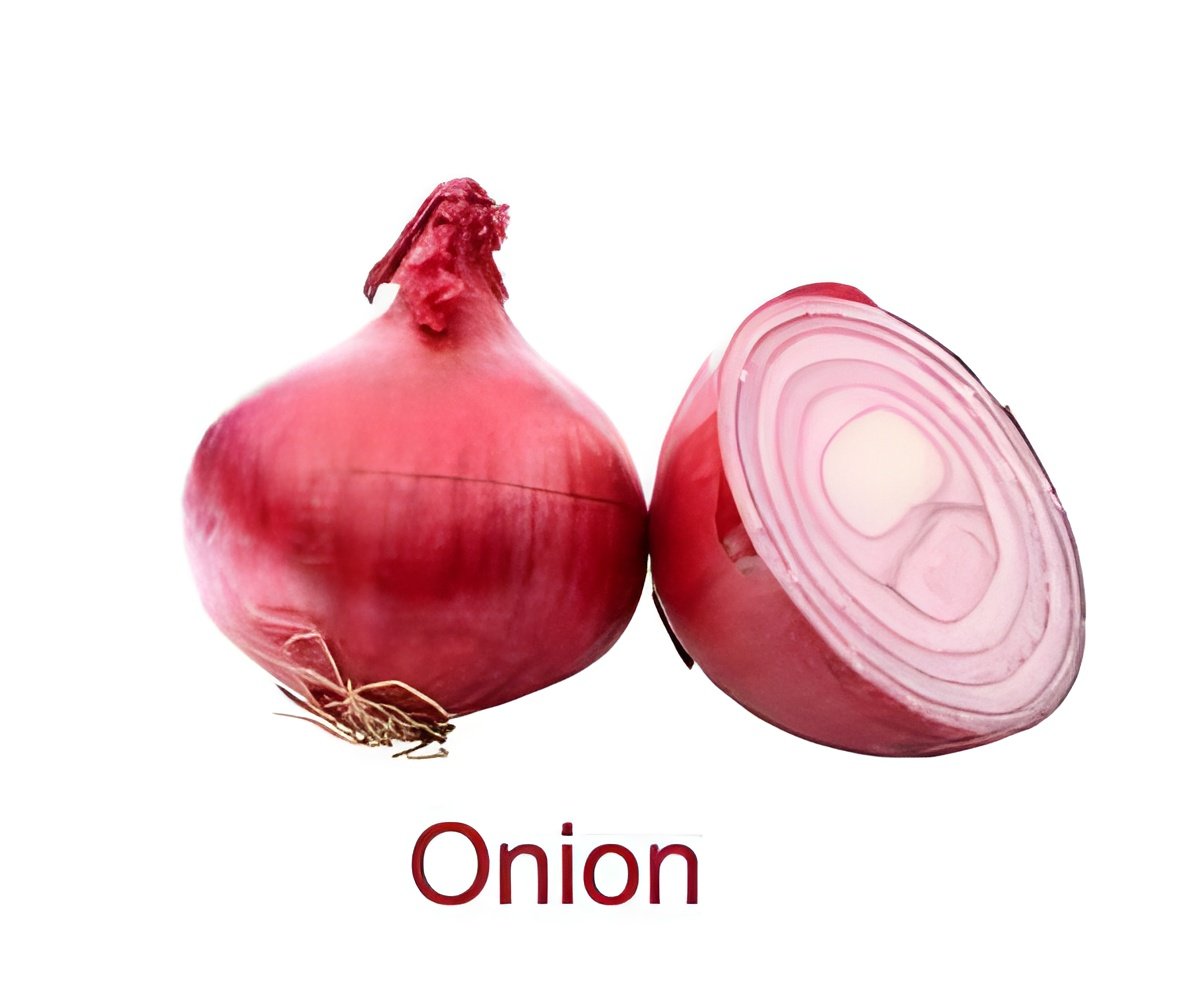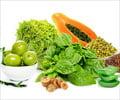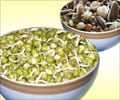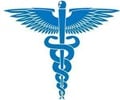The brown skin and external layers of onion which are thrown away as waste are rich in fibre and flavonoids.

"One solution could be to use onion waste as a natural source of ingredients with high functional value, because this vegetable is rich in compounds that provide benefits for human health", Vanesa Benítez, a researcher at the Department of Agricultural Chemistry at the Autonomous University of Madrid (Spain), tells SINC.
Benítez's research group worked with scientists from Cranfield University (United Kingdom) to carry out laboratory experiments to identify the substances and possible uses of each part of the onion. The results have been published in the journal Plant Foods for Human Nutrition.
According to the study, the brown skin could be used as a functional ingredient high in dietary fibre (principally the non-soluble type) and phenolic compounds, such as quercetin and other flavonoids (plant metabolites with medicinal properties). The two outer fleshy layers of the onion also contain fibre and flavonoids.
"Eating fibre reduces the risk of suffering from cardiovascular disease, gastrointestinal complaints, colon cancer, type-2 diabetes and obesity", the researcher points out.
Phenolic compounds, meanwhile, help to prevent coronary disease and have anti-carcinogenic properties. The high levels of these compounds in the dry skin and the outer layers of the bulbs also give them high antioxidant capacity.
Advertisement
Sulphurous compounds reduce the accumulation of platelets, improving blood flow and cardiovascular health in general. They also have a positive effect on antioxidant and anti-inflammatory systems in mammals.
Source-Eurekalert















